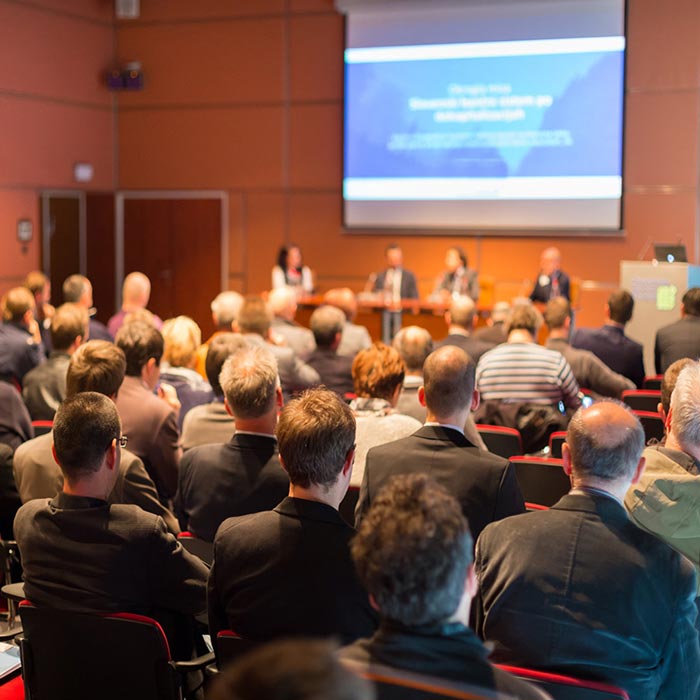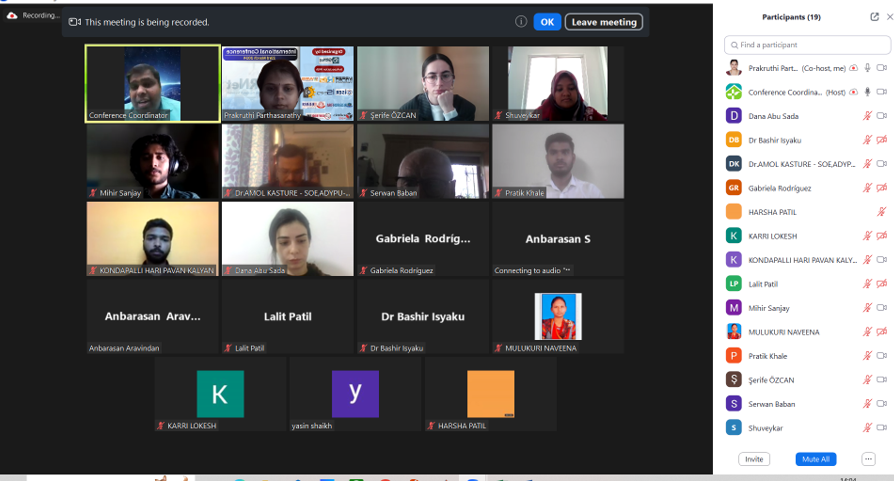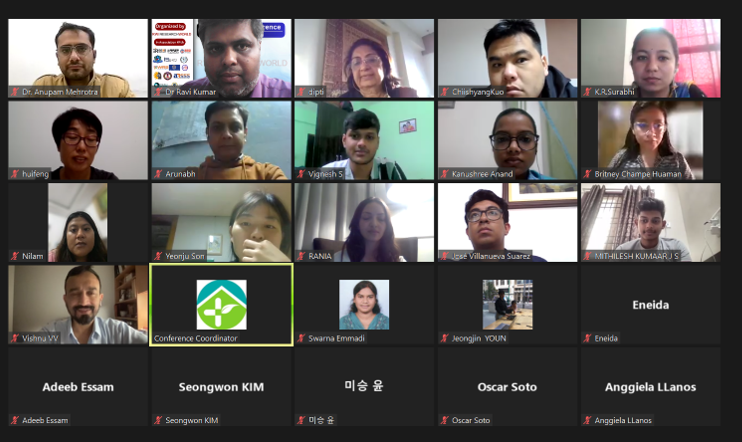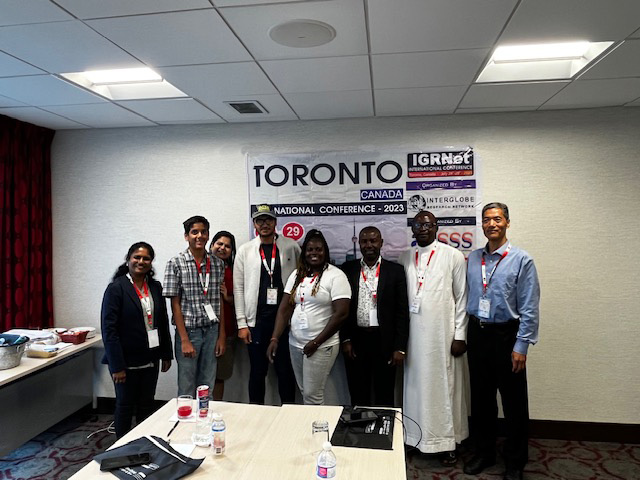12th - 13th Mar 2021
- Melbourne,Australia
- 3rd International Conference on Green Energy and Environmental Technology ( ICGEET )
Welcome to IGRNet
ICGEET - 2021
Registrations
Academics Registration
Delegates Registration
Exhibitors Registration
Who can Attend?

Hospital & Healthcare
Board of Directors, Chairman, Trustee, Doctor, Surgeons, Surgical tool technicians, Patients, Primary care, clinical assistants etc.
Academic Institutions
Head of the departments, Professor, Lecturers, Technicians, Students etc.
Business Executives
Board & Advisors, Chief Executive Officer, Chief Operating Officer, Head of the departments, Exhibitors, Business delegates etc.
Research Institutes
Directors, Head of the departments, Researchers etc.
Associations & Societies
Collaborators, Sponsors, Directors, Researchers etc.
Delegates
Students, Visitors etc.





